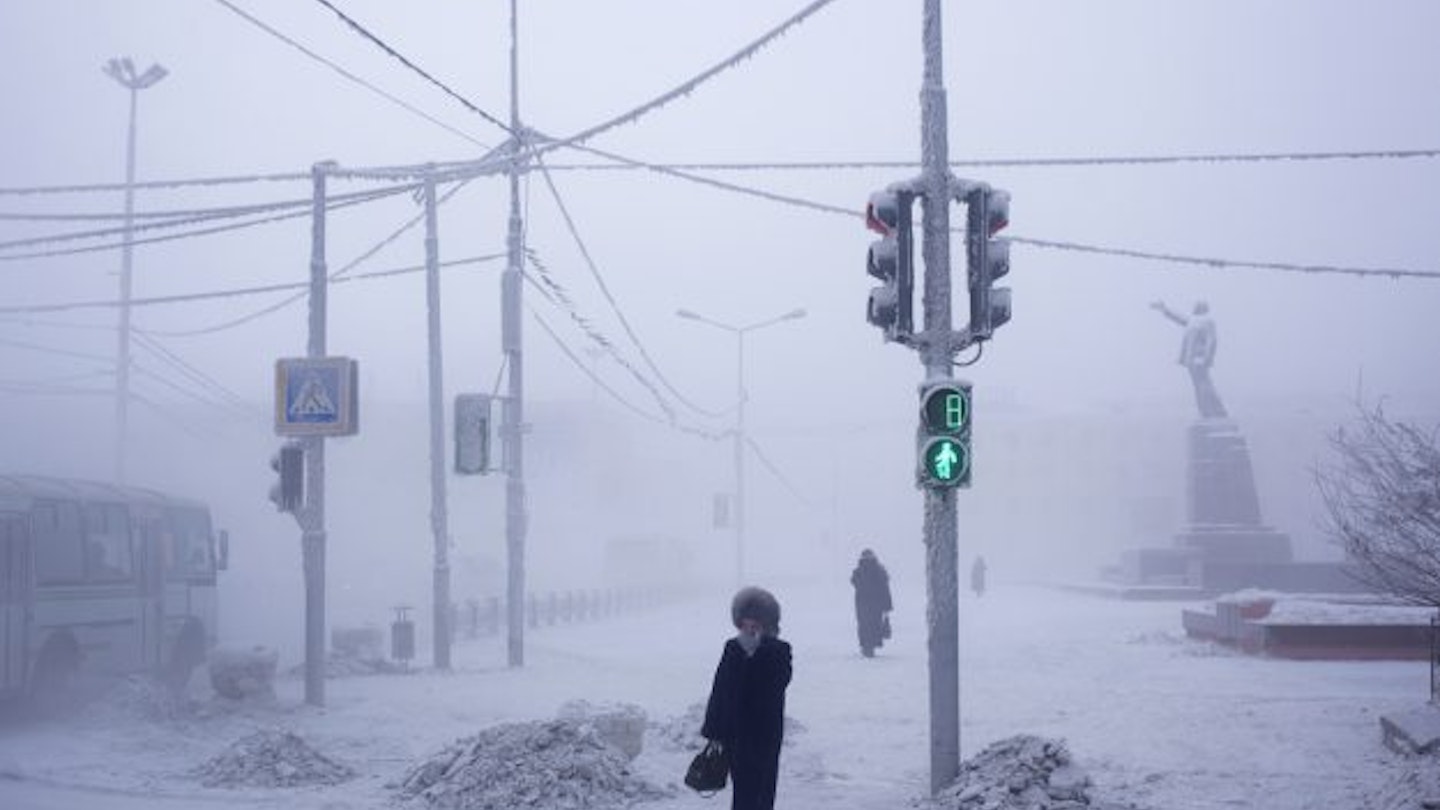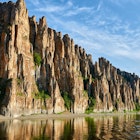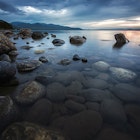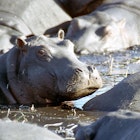Located in the harsh region of Siberia, just a few hundred miles outside the Arctic Circle lies Yakutsk, the coldest inhabited city on earth. Here, daily life is a constant struggle against the freezing temperatures that can plummet to an astonishing -50 degrees Celsius (-58 degrees Fahrenheit).
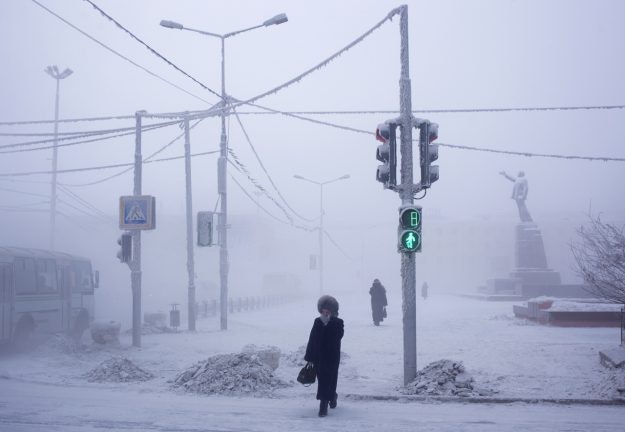


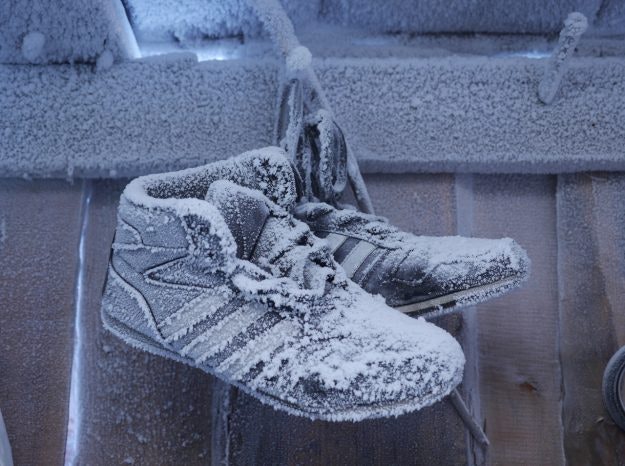


Photographer Amos Chapple decided to brave the cold weather to discover what life is like for the people of the city, travelling to Yakutsk and the nearby Oymyakon, and taking beautiful portraits of the citizens, while documenting the objects and buildings in the area. The images show dark frozen roads lined by snow-capped trees, statues and structures speckled with frost, and the thick fur clothes the residents of the city wear.


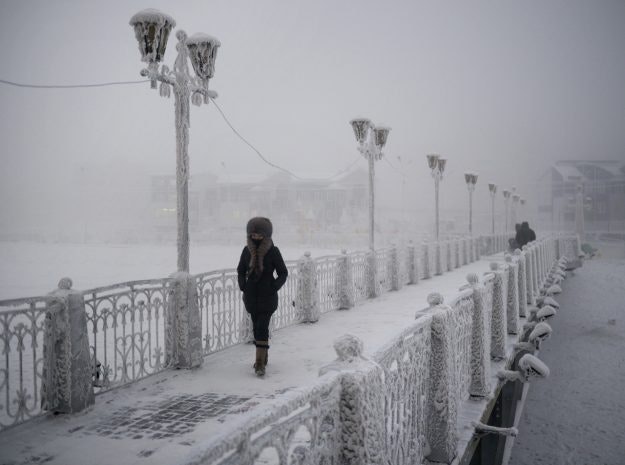

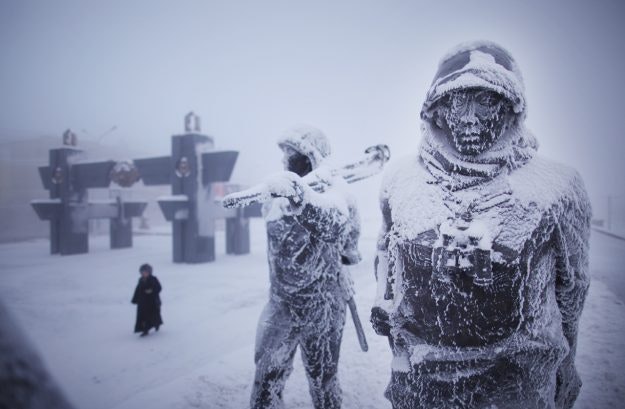

As well as feeling the physical effects of the weather himself, the trip posed many challenges for the photographer who was fascinated with the idea of showing how people lived. “Everything happens indoors there. From sports to school breaks, so as you can imagine it’s very hard to capture what daily life is like while wandering around outside,” Amos told Lonely Planet News. As growing crops in the hard frozen ground is not possible, the people in the city live on a staple of reindeer meat and fish, which is sometimes cut into thin slivers and eaten like sashimi. Some residents leave their cars running at night to help fight against parts freezing over, while outdoor toilets are mostly used to avoid indoor plumbing freezing.

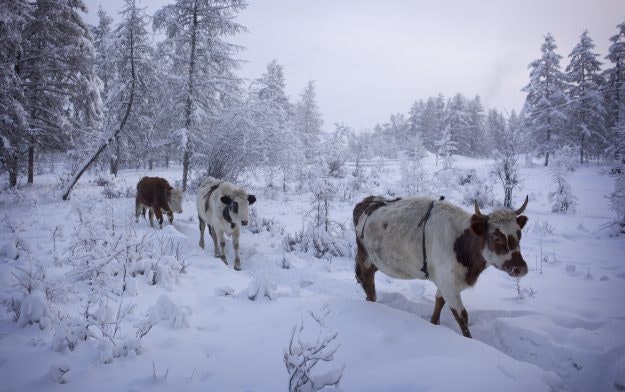




With adventure tourism taking off in regions all over the world, the photographer thinks that more people may make the pilgrimage there. “I think now the numbers of visitors to the city is growing, but the winter that I was in Yakutsk it was a rare thing for a foreigner to be there alone”, Amos said. More of the photographer’s work is available on his Facebook page.
